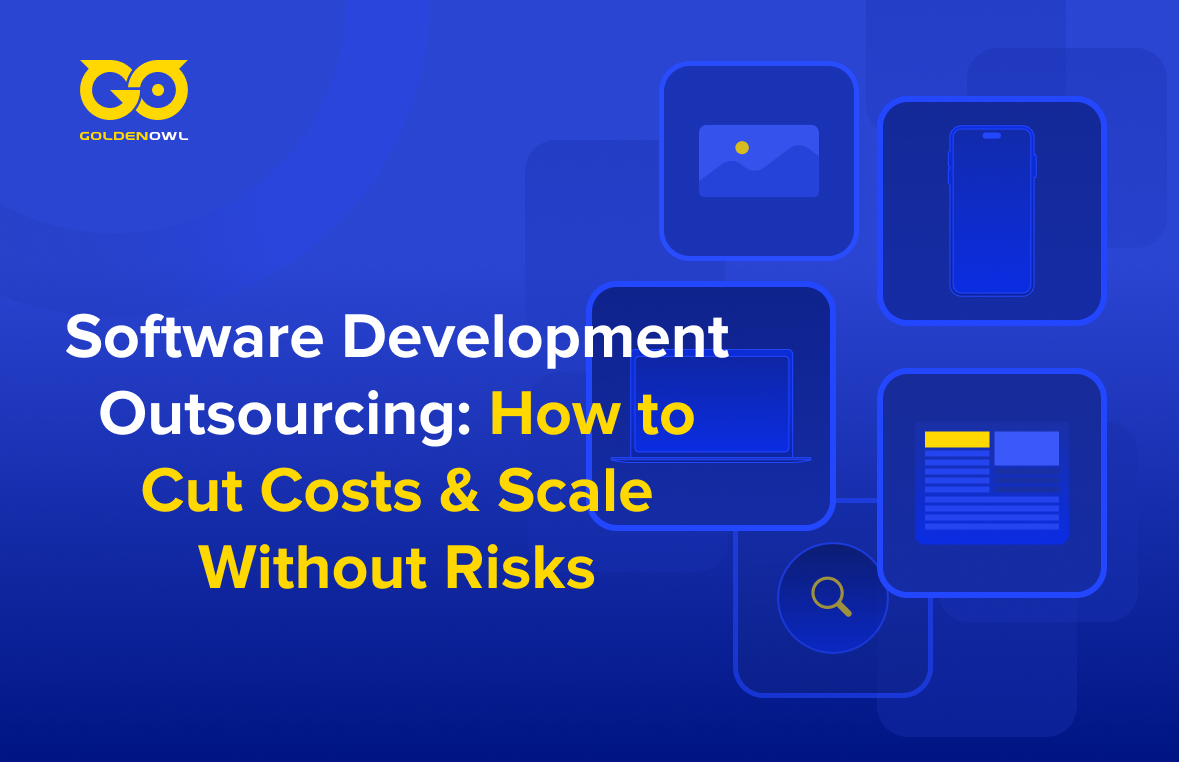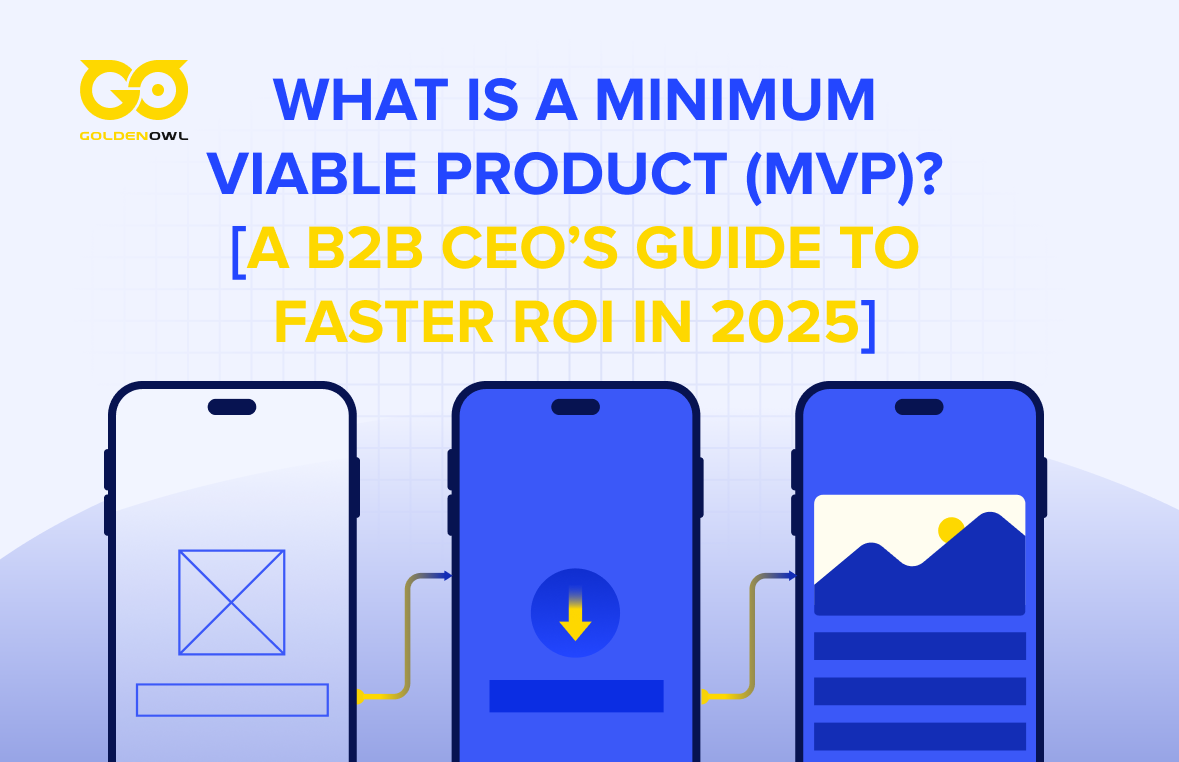Changes in mobile application development are always occurring in our swiftly expanding world. This is where technology does not stop for even a second and customer needs are radically increasing.
Keeping up with the newest trends is possibly the most important part of success in this field.
If you're reading this, you're probably curious in the newest developments, mobile trends and insights. Let's go through some of the most recent developments in depth.
THE 5G TECHNOLOGY
The 5G deployment will have a significant influence on app patterns in 2022.
This technology is set to transform the way mobile apps are used and generated for developers, resellers, and creators.
According to a GSMA Intelligence analysis, by 2025, 5G connections will account for 40% of all connections in Europe and 15% of all mobile connections worldwide.
Read more: The Role of Mobile App Development in Digital Marketing
Furthermore, more 5G towers are being constructed, allowing the network standard to be used by an increasing number of clients.
According to emarketer.com, up to 50% of mobile devices will have standard 5G connection by 2022.
5G may potentially have an influence on the development of 3D and immersive augmented reality mobile applications.
5G technology also significantly enhances GPS performance, refreshes cloud flexibility, and lowers hardware expenses.
APPS FOR FOLDABLE DEVICES
Because the number of foldable devices is rapidly increasing, businesses must create applications that are suited for them in order to compete. It is possible that a new development plan will be required.
The concept is that as the screen folds or unfolds, an app's display should react flawlessly.
Read more: Does your business need an on-demand mobile app?
Foldable handsets currently account for only a small portion of the overall smartphone market share. However, in the next years, this will alter.
According to a 2019 poll conducted by USA Today, 17% of iPhone users and 19% of Android users are interested in purchasing a phone with a foldable design.
If your company is developing foldable technology, now is the time to adapt to this trend in order to stay ahead of the other competitors.
APP FOR WEARABLE DEVICES
Wearable device apps are undeniably popular in the mobile app market. Fitness bracelets, smartwatches, and fitness trackers are becoming increasingly popular.
Wearables enable users to collect real-time data and evaluate it in order to improve their eating habits, routines, and general health and well-being.
Apple, for example, made a key statement on wearables and app integration during WWDC 2019. Because of the new watchOS 6 software, the Apple App Store is now available on Apple Watch.
Read more: Wearable technology - The game changer for small businesses
Apps tailored to these devices are being developed. Wearable technology will be used in an increasing number of applications by 2022. In this regard, the next several years will be extremely progressive.
TECHNOLOGY OF BEACONS
Beacon is a relatively new technology that has so far failed to live up to the expectations, but is steadily gaining traction.
It was created in 2013 and has since become one of the most stunning mobile app trends.
This technology has found applications in nearly every industry, from healthcare to hospitality and retail.
According to Statista, the radar technology capital is rising at a 59.8 percent annual pace, and the market value is expected to reach $56.6 billion by 2026.
Read more: 5 reasons that make beacon technology beneficial for businesses
Because of its exceptional analytics and targeting capabilities, Beacon is gradually changing the idea of transportable user interaction.
In-store beacons can also be used to track customer activity. They can tell whether a user spends a lot of time in a specific aisle.
Proximity marketing is the key advantage of beacon technology. It increases the client experience within a mobile app in the end.
MOBILE ECOMMERCE (M-COMMERCE)
E-commerce and m-commerce are frequently confused with one another. Mobile commerce is just an extension of e-commerce.
Simply said, the transaction now takes place online, but especially via a mobile device. This trend has dominated 2020 and 2021, and it will continue to thrive in 2022.
Read more: mCommerce - the next trend of eCommerce industry in 2022!
The number of mCommerce applications is continually increasing. From large corporations to small companies, content providers and merchants, it appears that practically everyone is attempting to create cash through the use of a mobile commerce application.
In 2021, mobile devices will account for more than 72.9 percent of total ecommerce transactions. Apps are crucial to the current and future success of mobile commerce.
As a result, organizations require an eCommerce business app. It is the only way they will be able to endure the fierce competition.
BOTTOM LINE
The mobile app business will continue to grow at a quick pace, and the mobile app development industry will change as well.
Mobile app solutions will continue to be steered by growing mobile app platform development technologies, increasing backend platforms, and microservices, as well as new hardware capabilities.
So stay tuned for more articles like this, and if you need assistance creating your next-level app, don't hesitate to contact our team of professionals and request a free consultation. We're here to help!





















